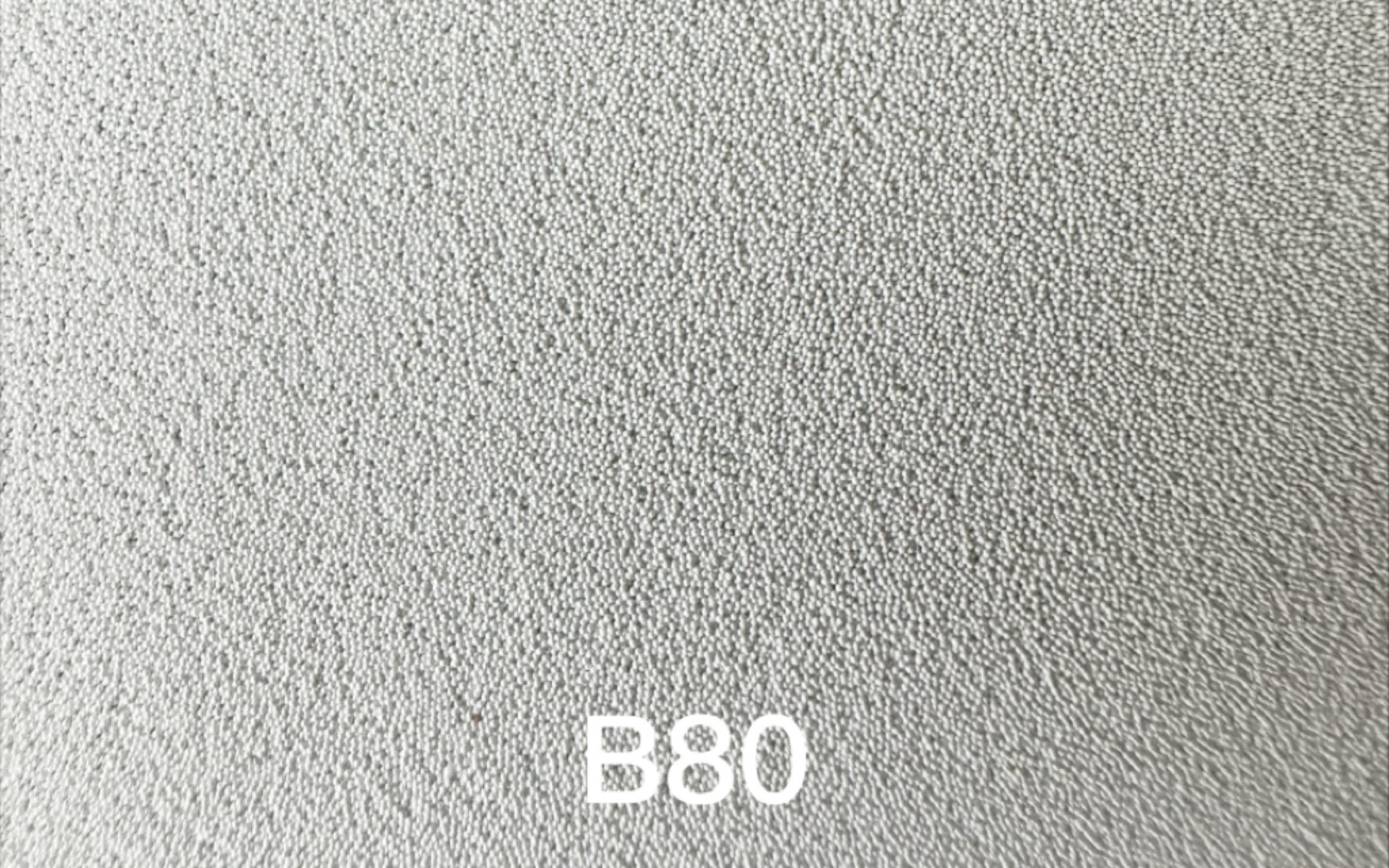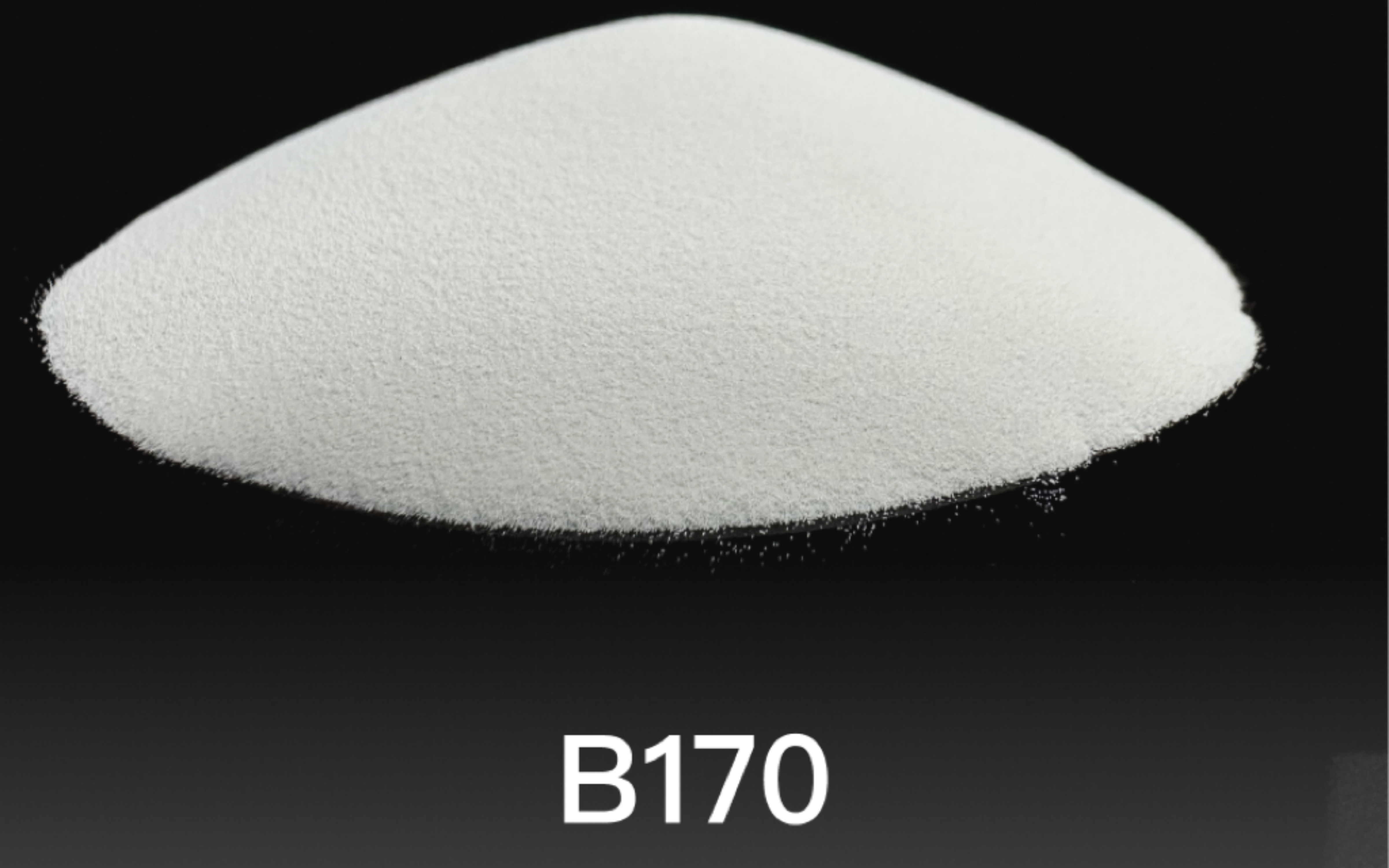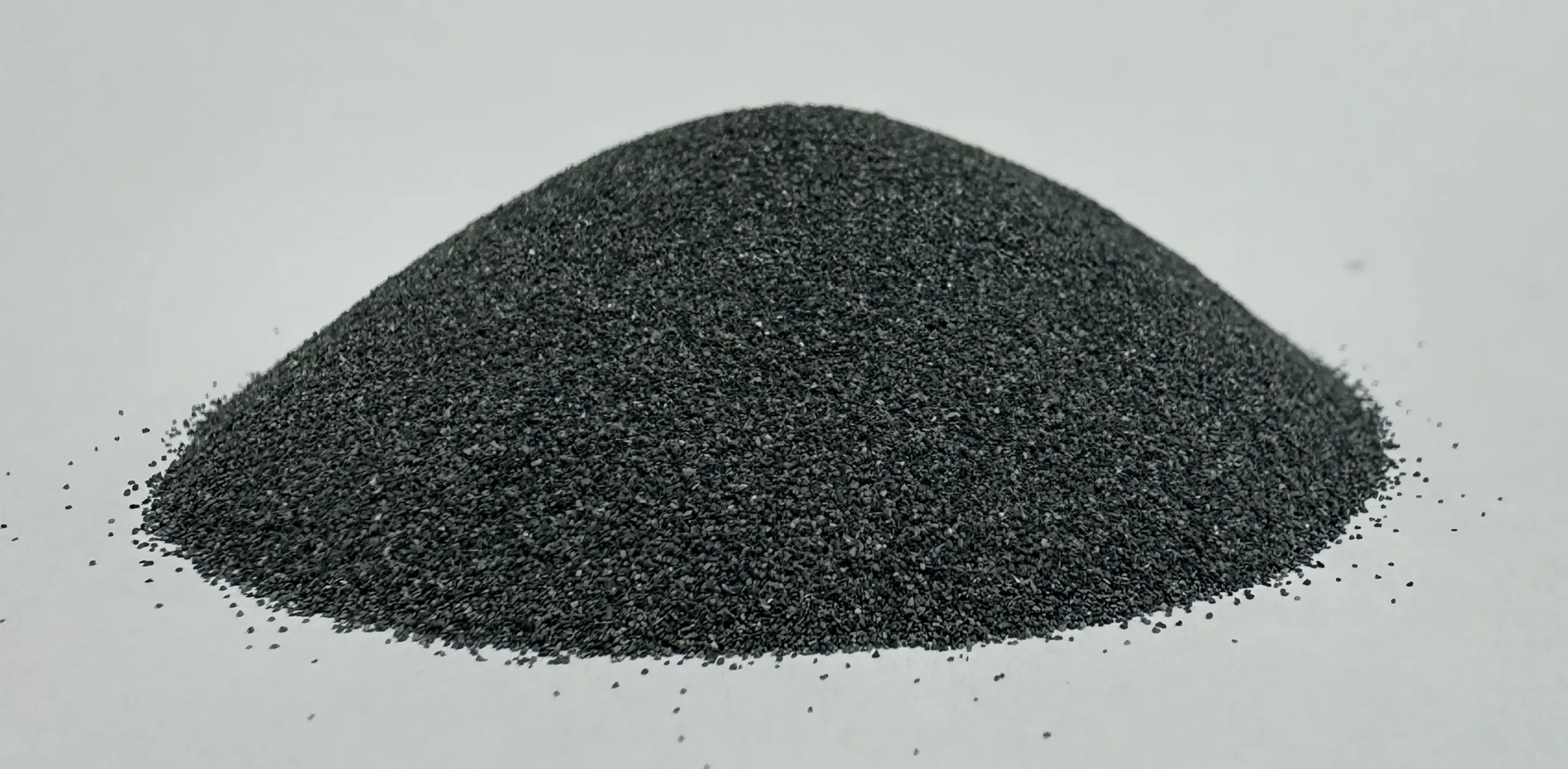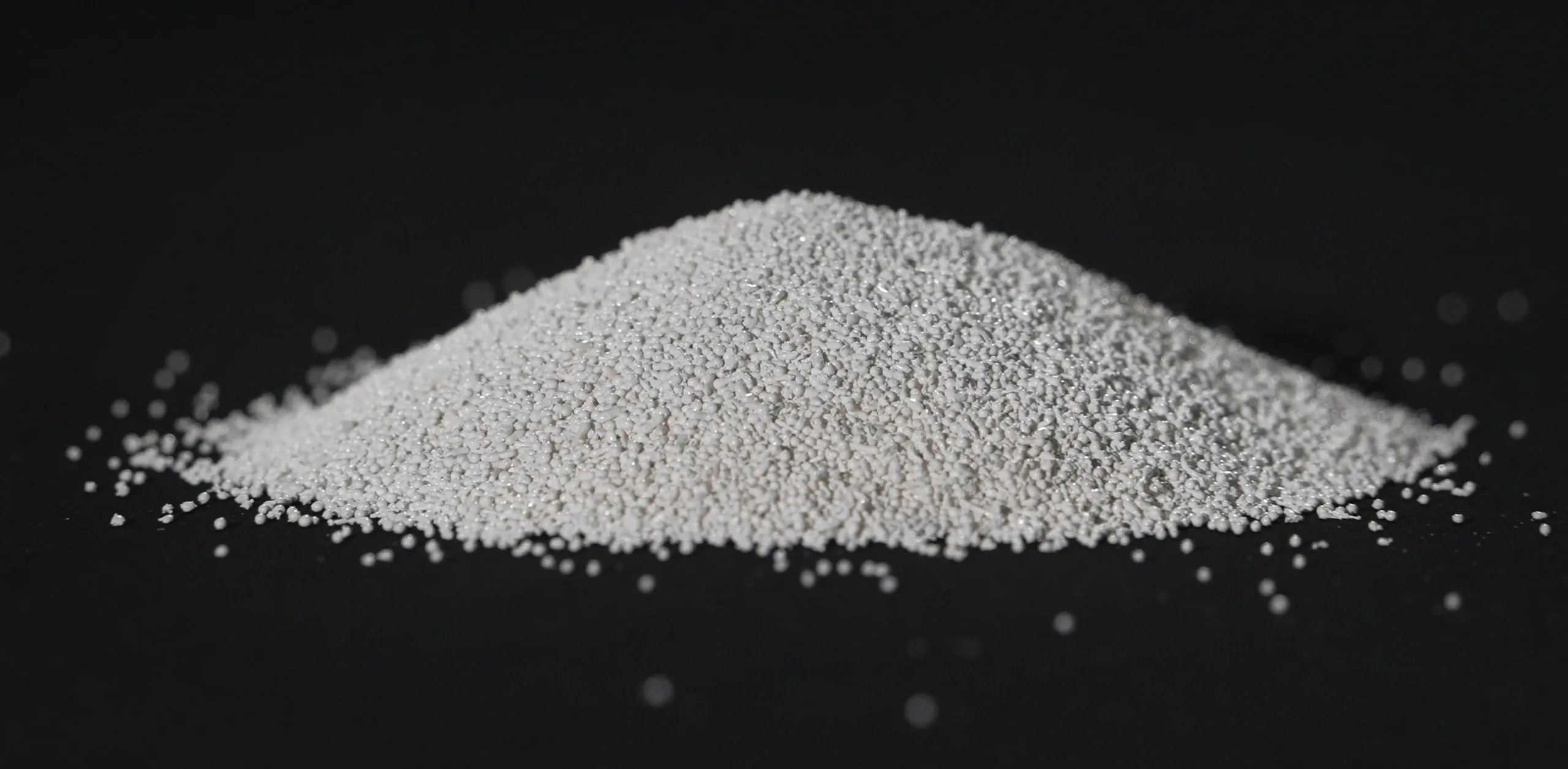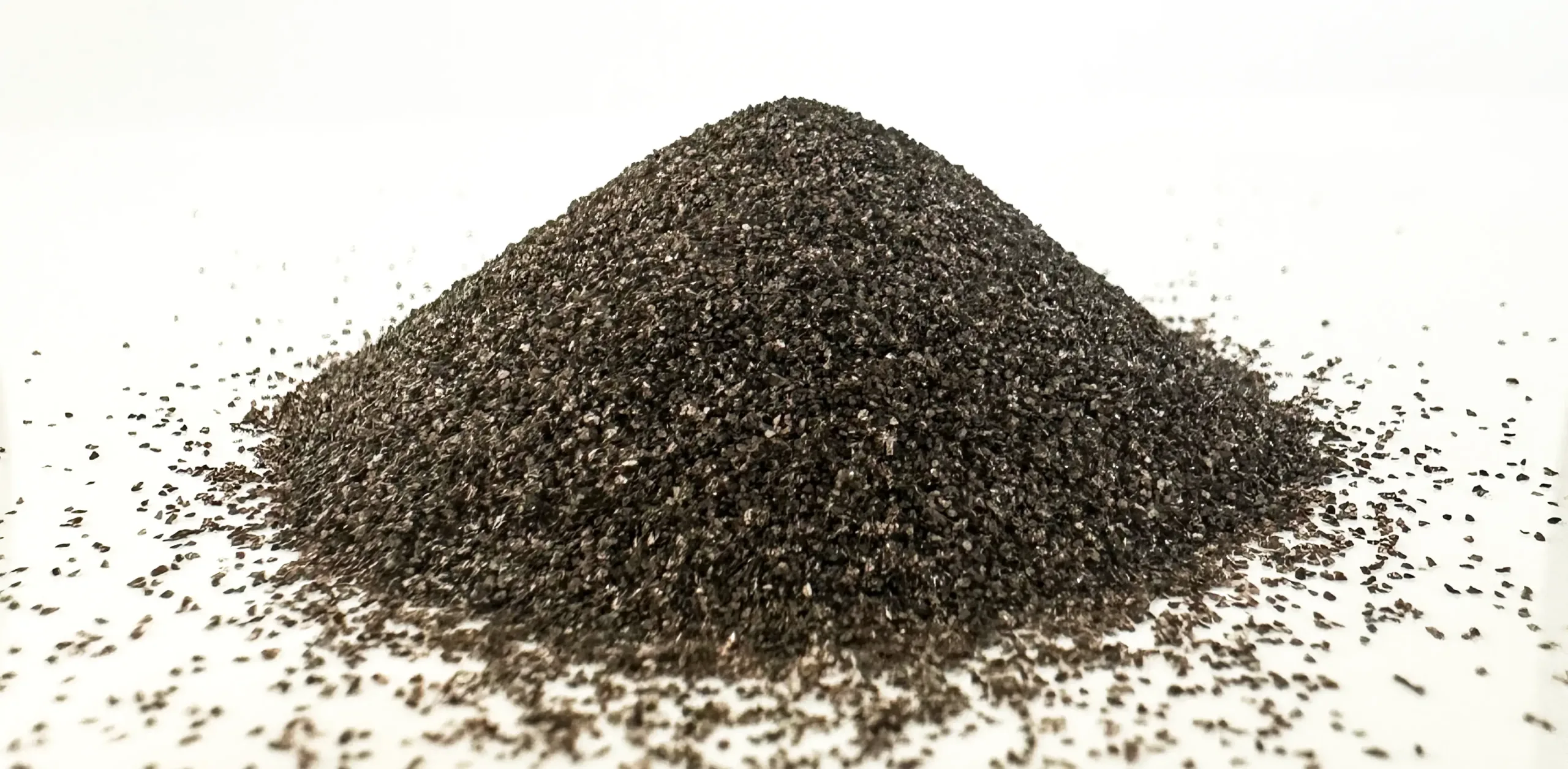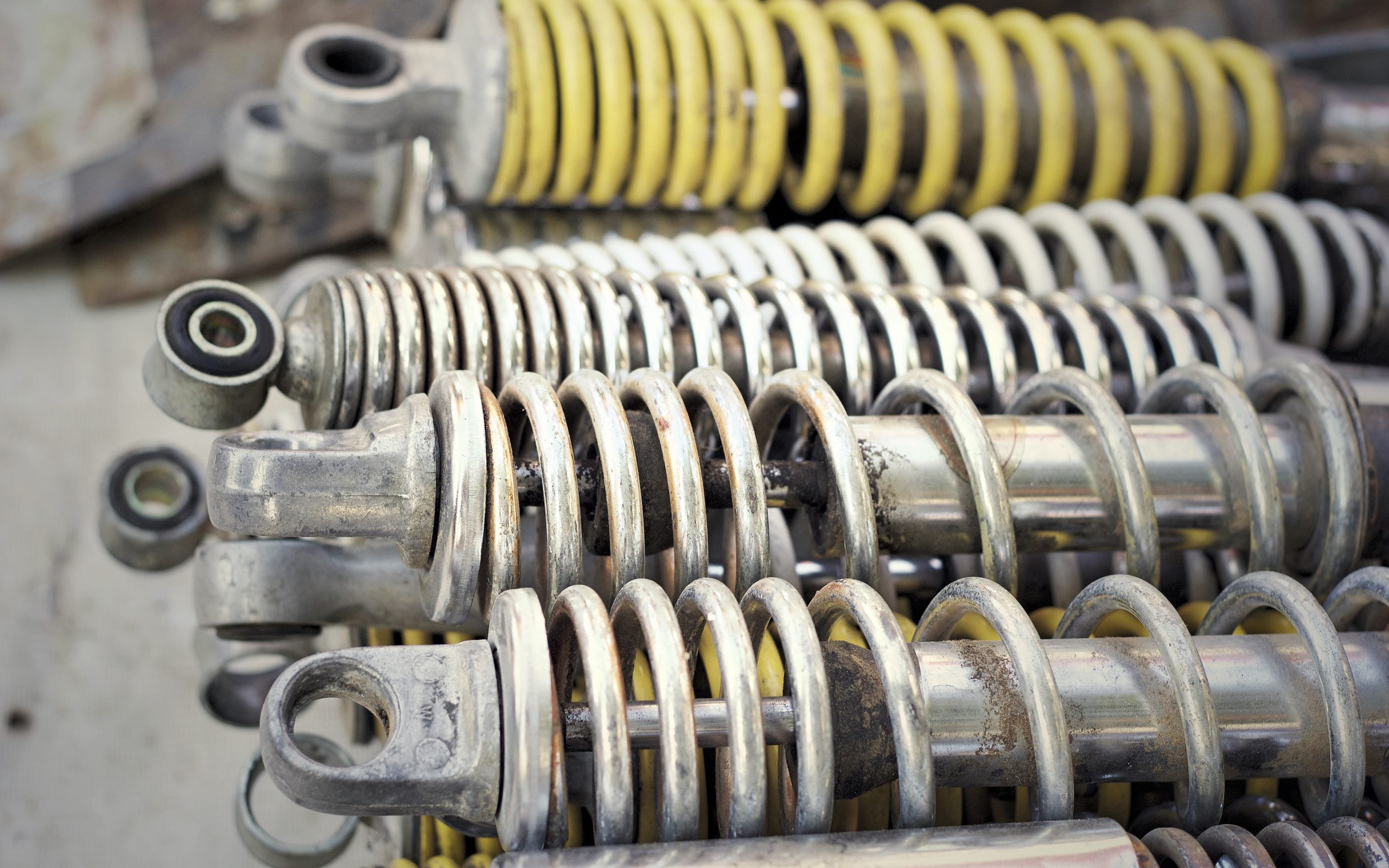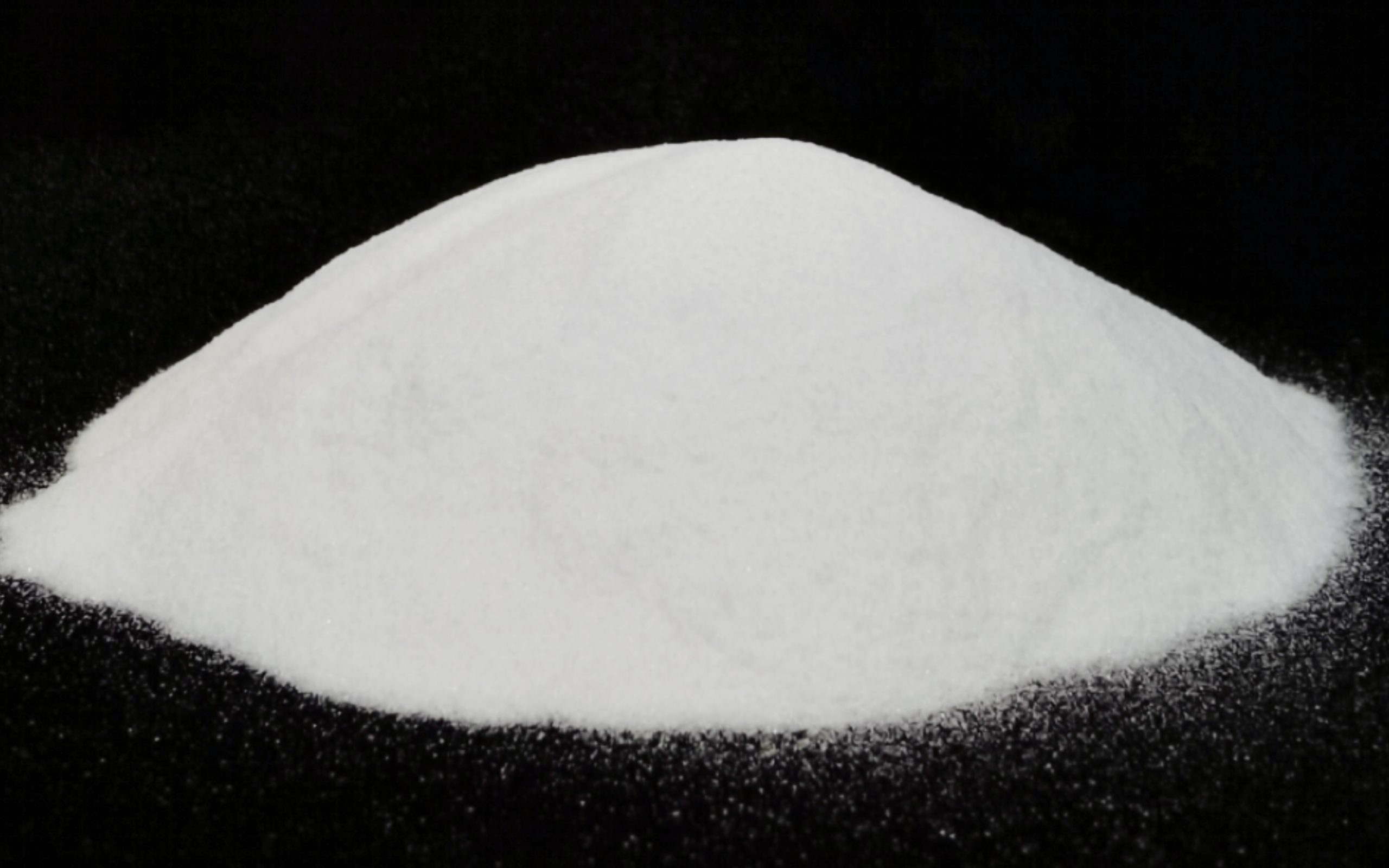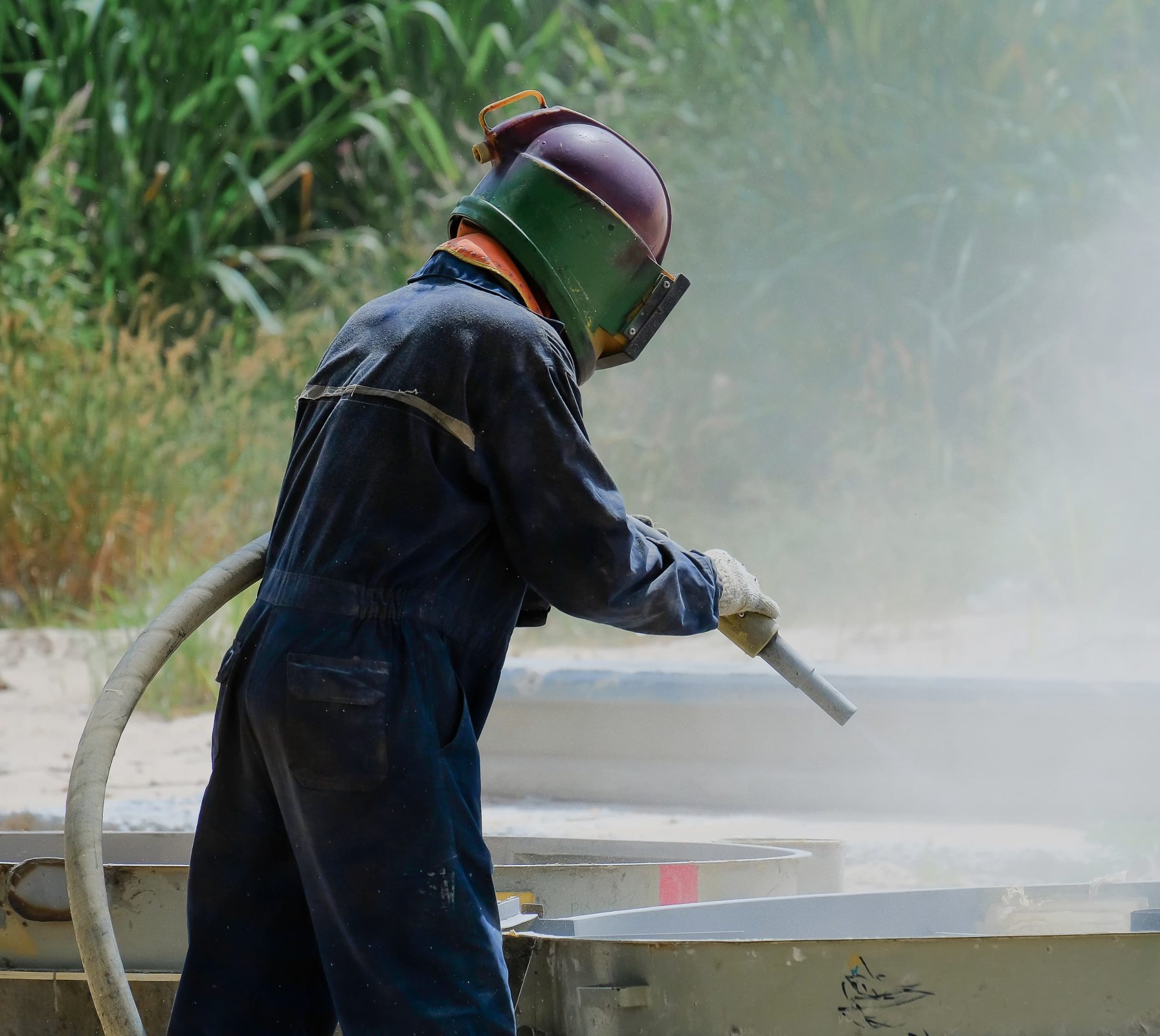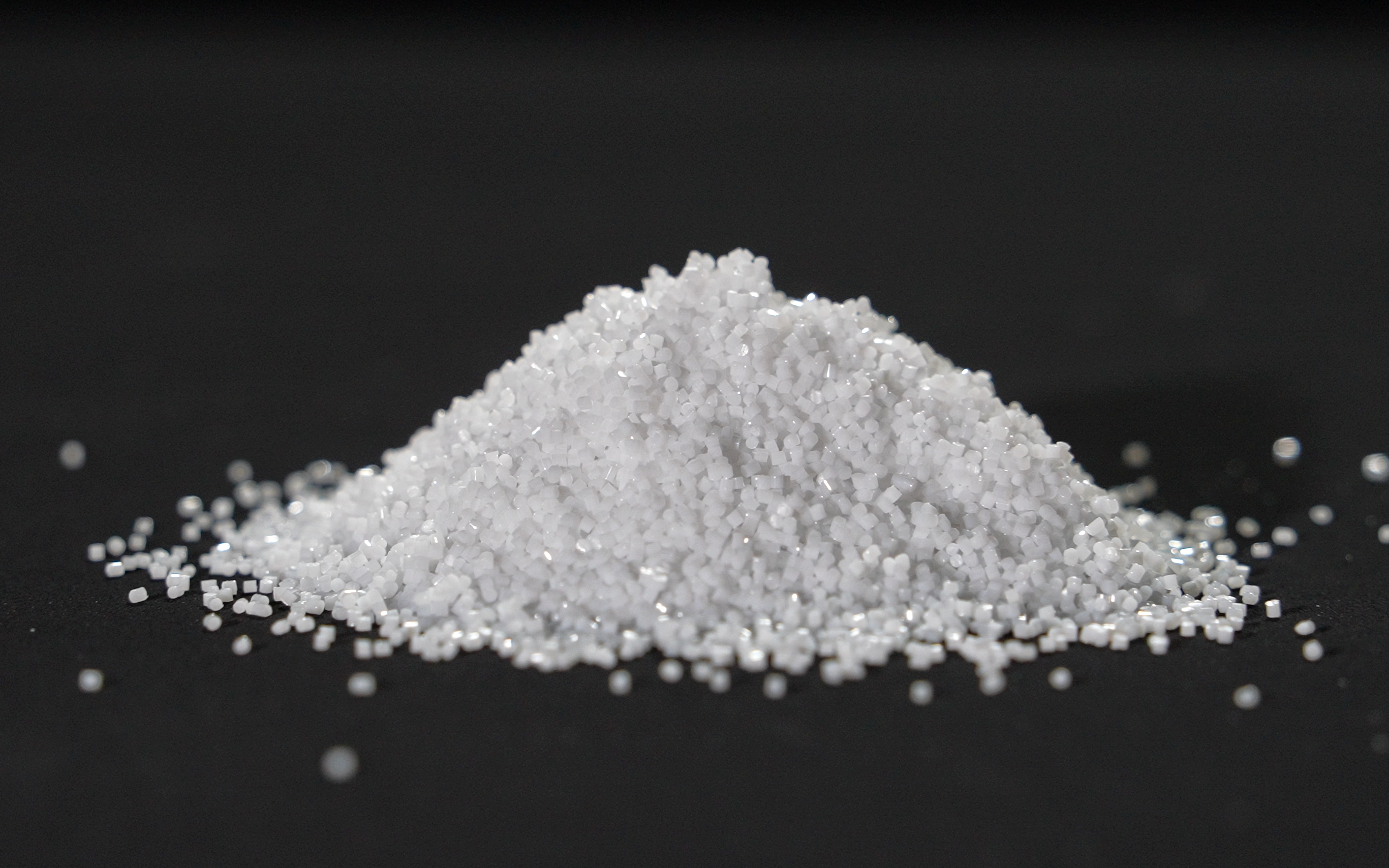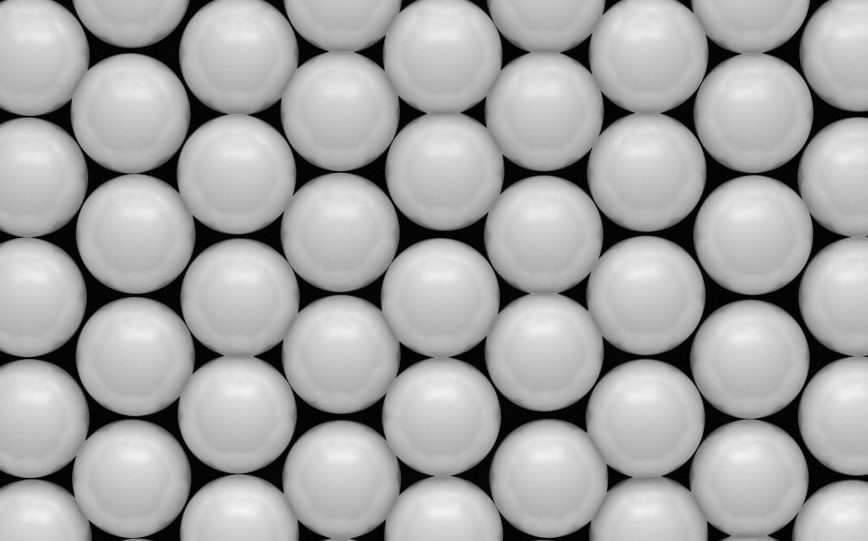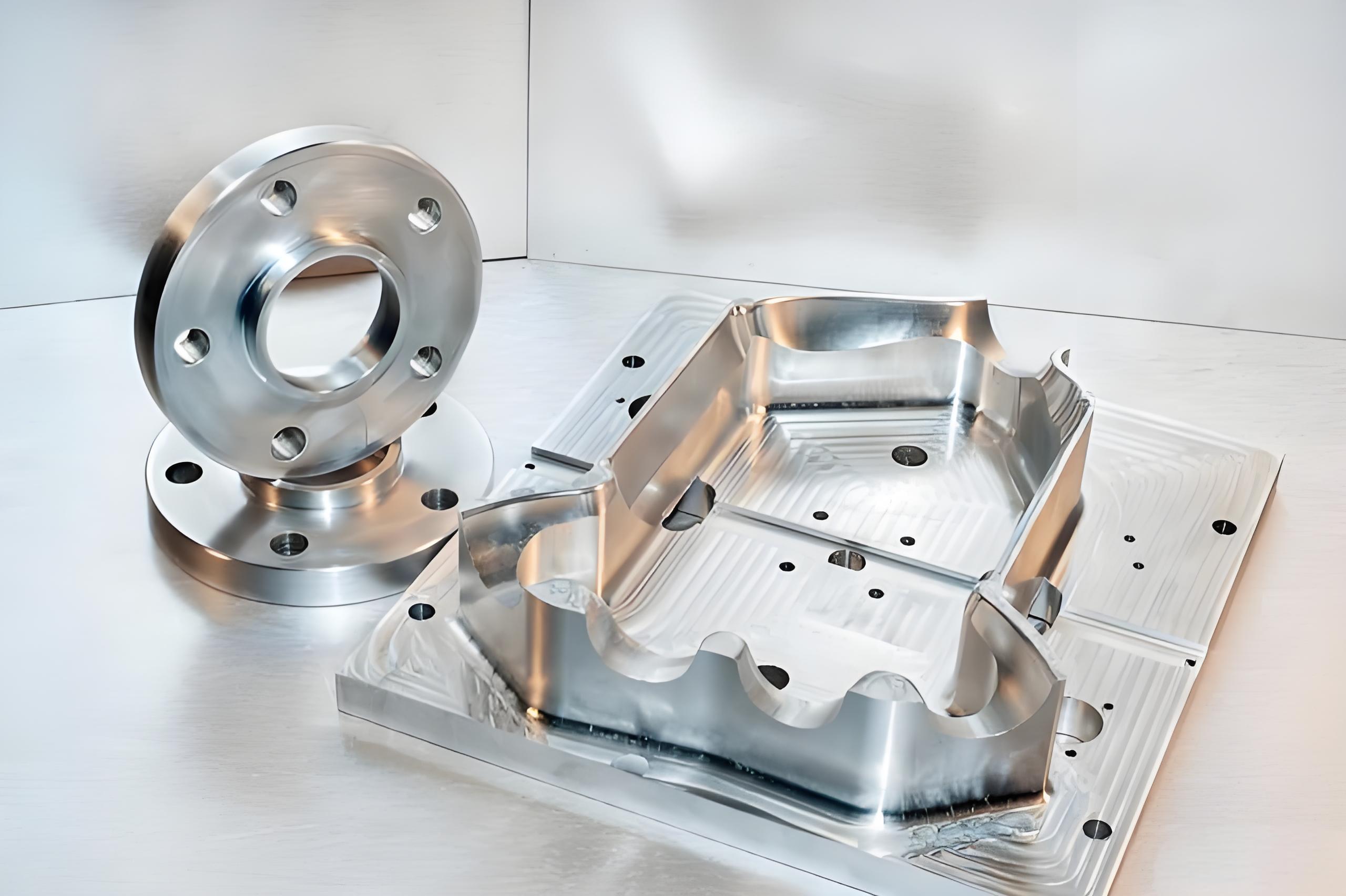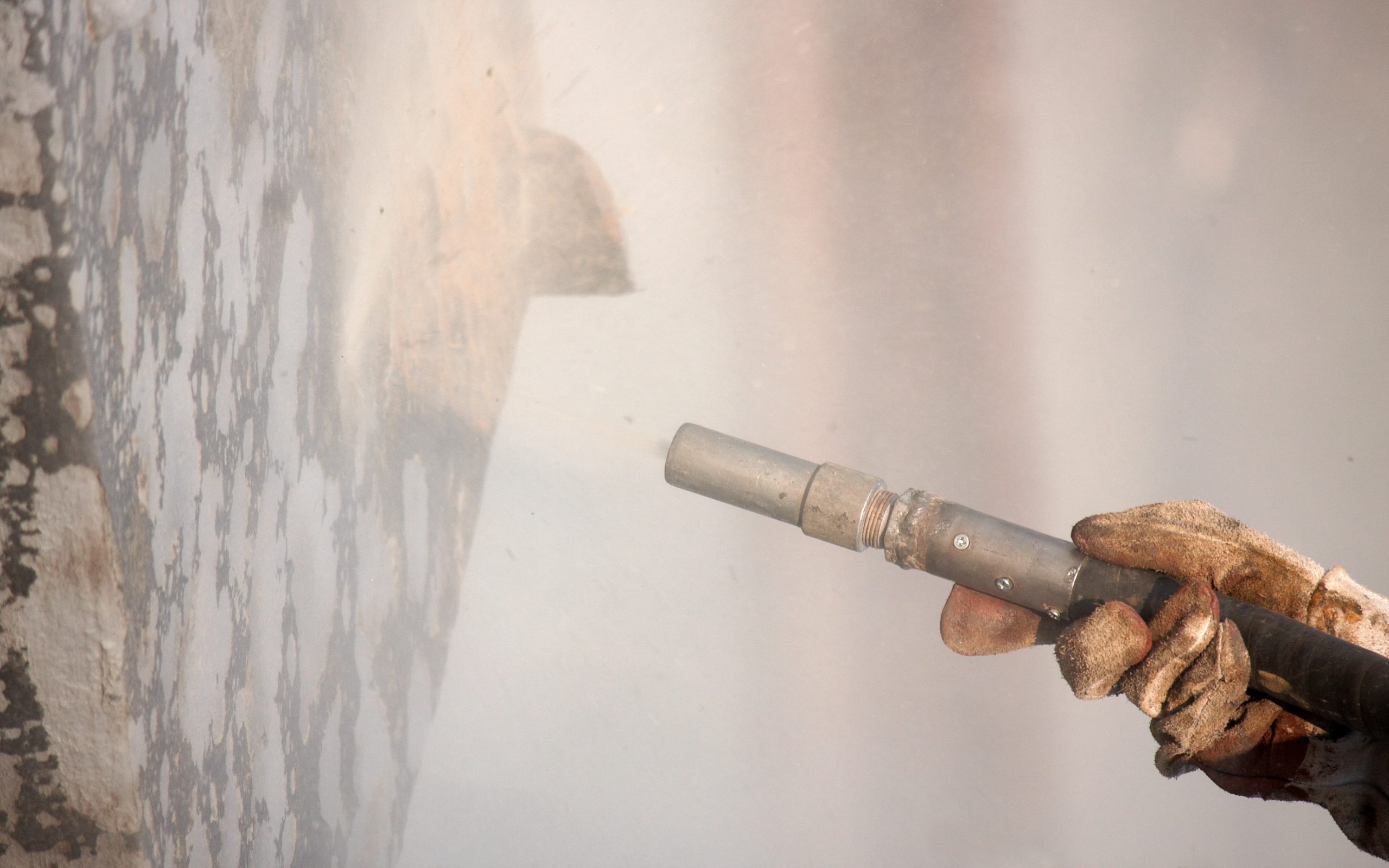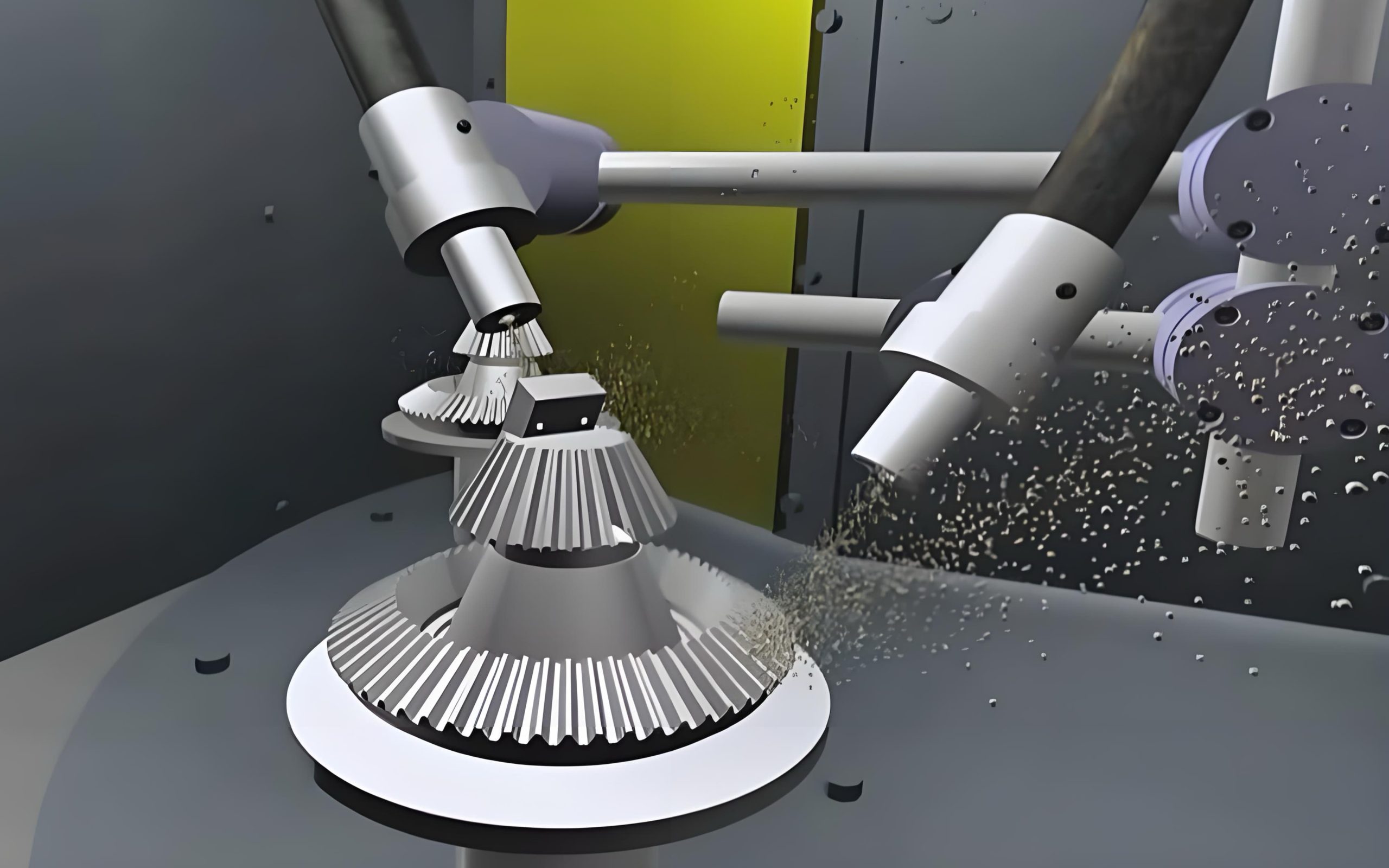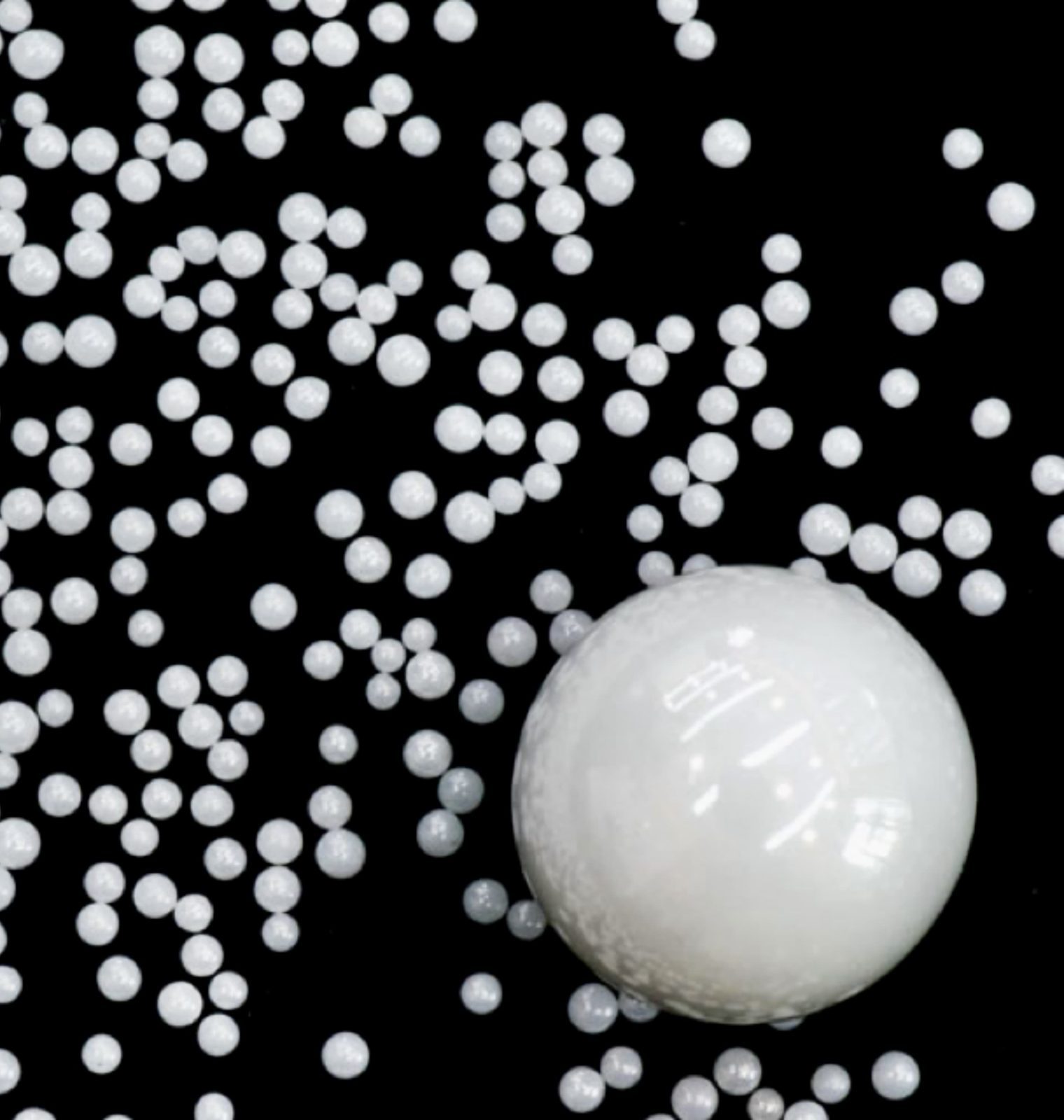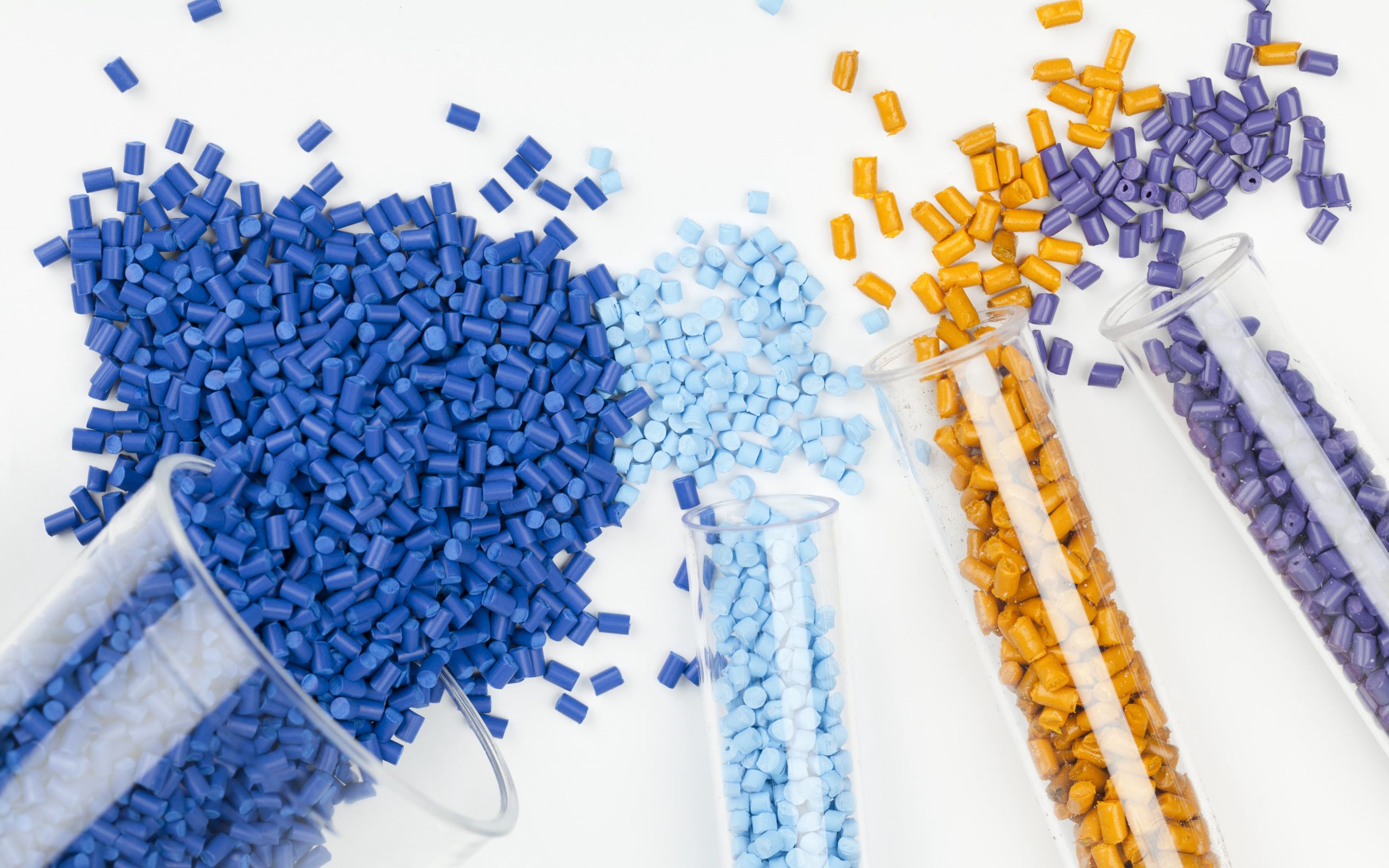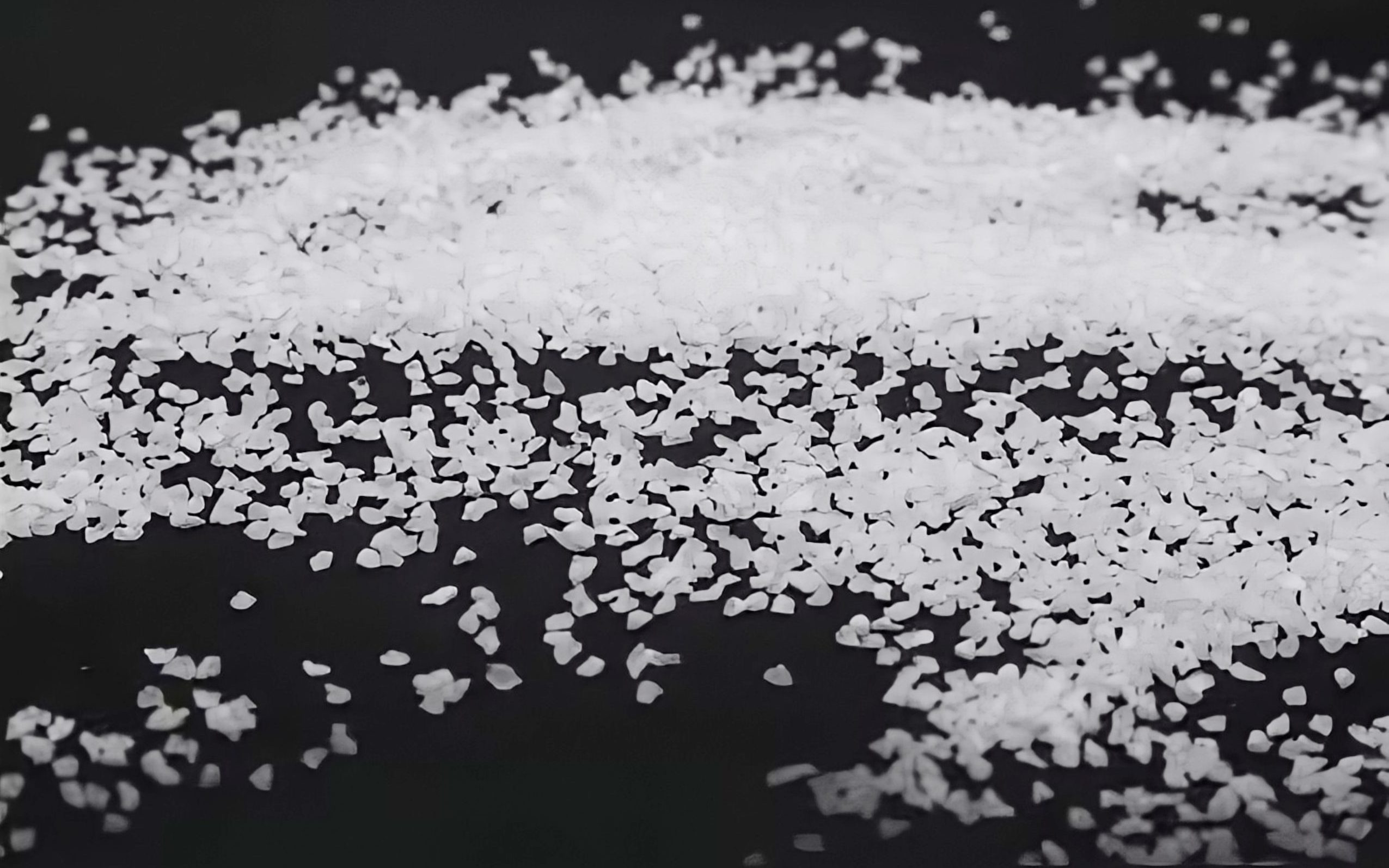Application of ceramic beads in 8 types of mold cleaning
11 février 2025
In the precision manufacturing industry, the mold’s surface condition directly affects product quality, production efficiency, and mold life. Any surface contamination, residue, or minor defects will cause product defects, demolding difficulties, and even the subsequent surface treatment process. Therefore, Mold Surface Preparation has become a key link in improving manufacturing stability and finished product quality.
This article will show how ceramic sandblasting beads can solve mold cleaning problems through 8 typical application scenarios, and help customers choose the appropriate Abrasive Grit Size Selection to achieve Surface Roughness Control.
Cleansing standards for different molds
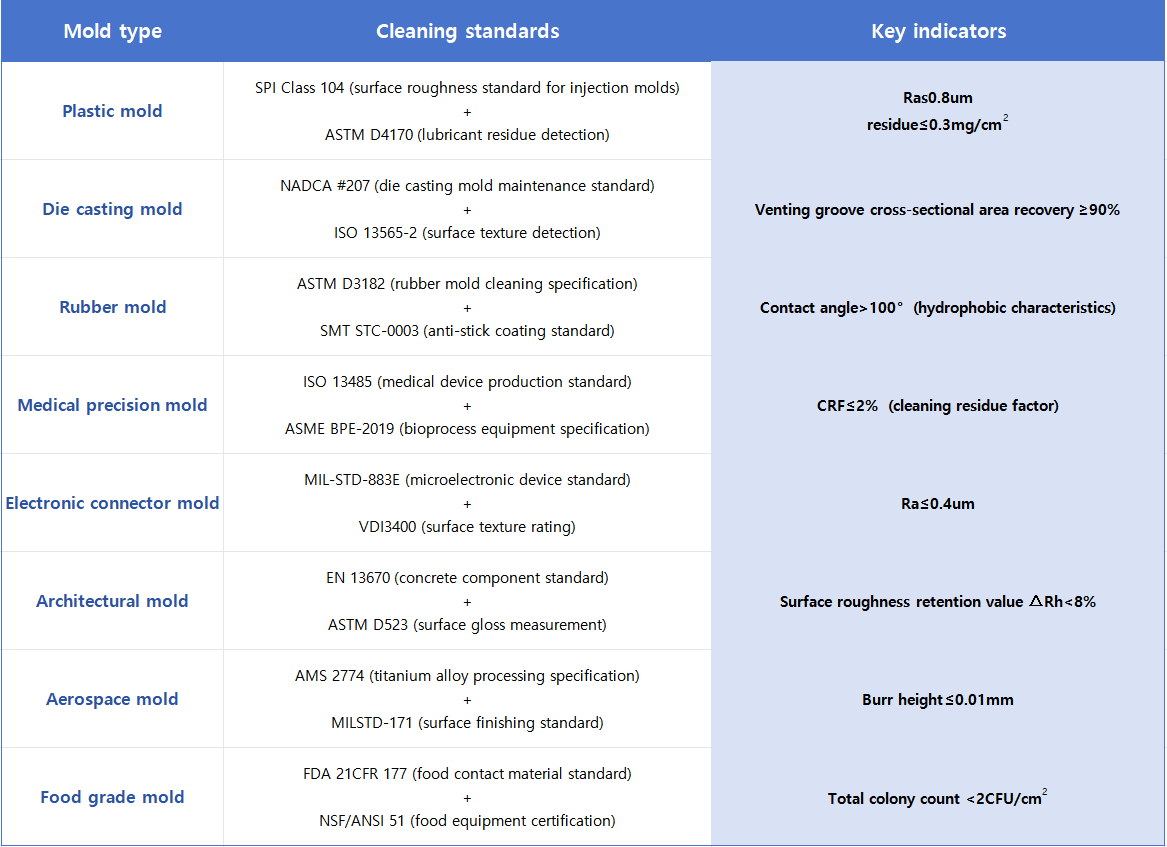
Ultra-fine treatment of electronic molds
Description du problème : Electronic molds have extremely high requirements for surface finish (Ra<0.4µm), and traditional media are difficult to meet the standards.
Solution : Use B205 ceramic sandblasting media to achieve Ra=0.3µm at 50-60 PSI pressure, which meets the Class 5 requirements of MIL-STD-883E particle control standard.
Cas : An electronics manufacturer uses ceramic beads to treat connector molds, and the product yield is increased by 25%.
Plastic mold cleaning optimization
Description du problème : Release agent residues and plastic debris will contaminate the mold surface and affect the finish of plastic products.
Solution : Using B125 ceramic bead blasting, its equal-diameter spherical structure (PSD≤5%) achieves a surface cleanliness of Ra=0.6µm under 50-80 PSI operation, which is better than the upper limit of Ra≤0.8µm specified by SPI Class 104. The measured residue is only 0.22 mg/cm², meeting the ASTM D4170 Class B standard.
Cas : A home appliance manufacturer uses ceramic beads to clean ABS plastic molds, which improves demolding efficiency by 30% and reduces scrap rate to 1%.
Medical mold sterilization guarantee
Description du problème : Contaminants on the mold surface before sterilization may cause medical products to fail.
Solution : Use B170 ceramic bead blasting to achieve a surface residue factor CRF=1.7%, which meets the CRF≤2% standard of ASME BPE-2019.
Cas : A medical device manufacturer uses ceramic beads to treat stainless steel molds, and the sterilization pass rate is increased to 99.5%.
Long-term anti-sticking of rubber molds

Description du problème : The accumulation of rubber residues and release agents causes mold adhesion, affecting production efficiency.
Solution : The surface roughness after treatment with B205 ceramic beads is Rz=3.8µm (optimal demolding range Rz=3-5µm), and the contact angle is increased to 105°in combination with the cavity structure, which is higher than the 98°requirement specified in ASTM D3182.
Cas : A tire manufacturer uses ceramic sand to treat rubber molds, which extends the mold life by 40% and reduces maintenance costs by 20%.
Reshaping of architectural mold texture
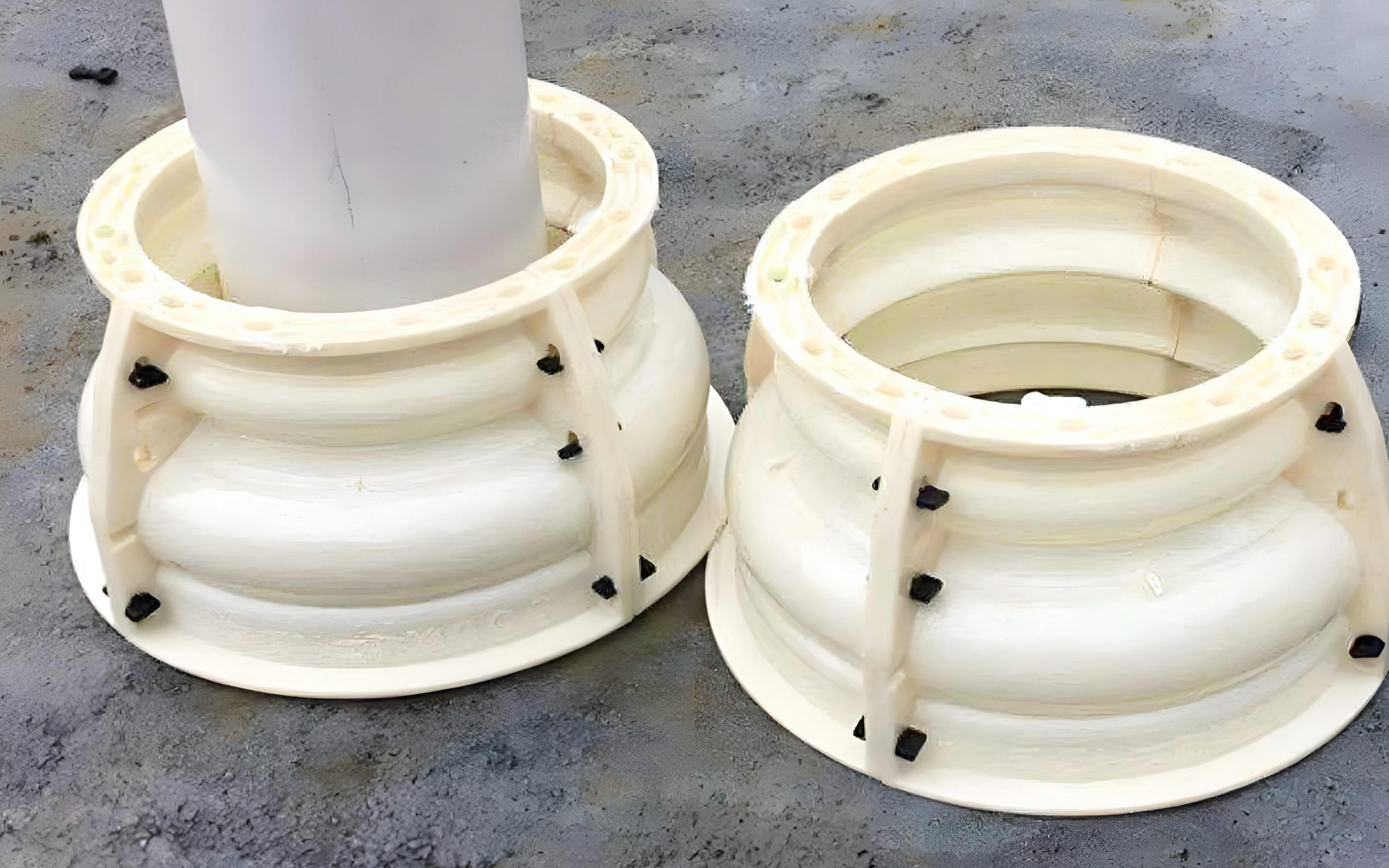
Description du problème : The mold surface texture is worn, resulting in unqualified appearance of building components.
Solution : Use B60 ceramic sandblasting media to accurately reproduce the mold texture of Ry=25-30µm, with an error of ΔRy≤3%, which is better than the EN 13670 standard.
Cas : A construction mold manufacturer uses ceramic bead blasting to repair concrete molds, and the texture consistency is improved to 95%.
Venting recovery of die casting molds
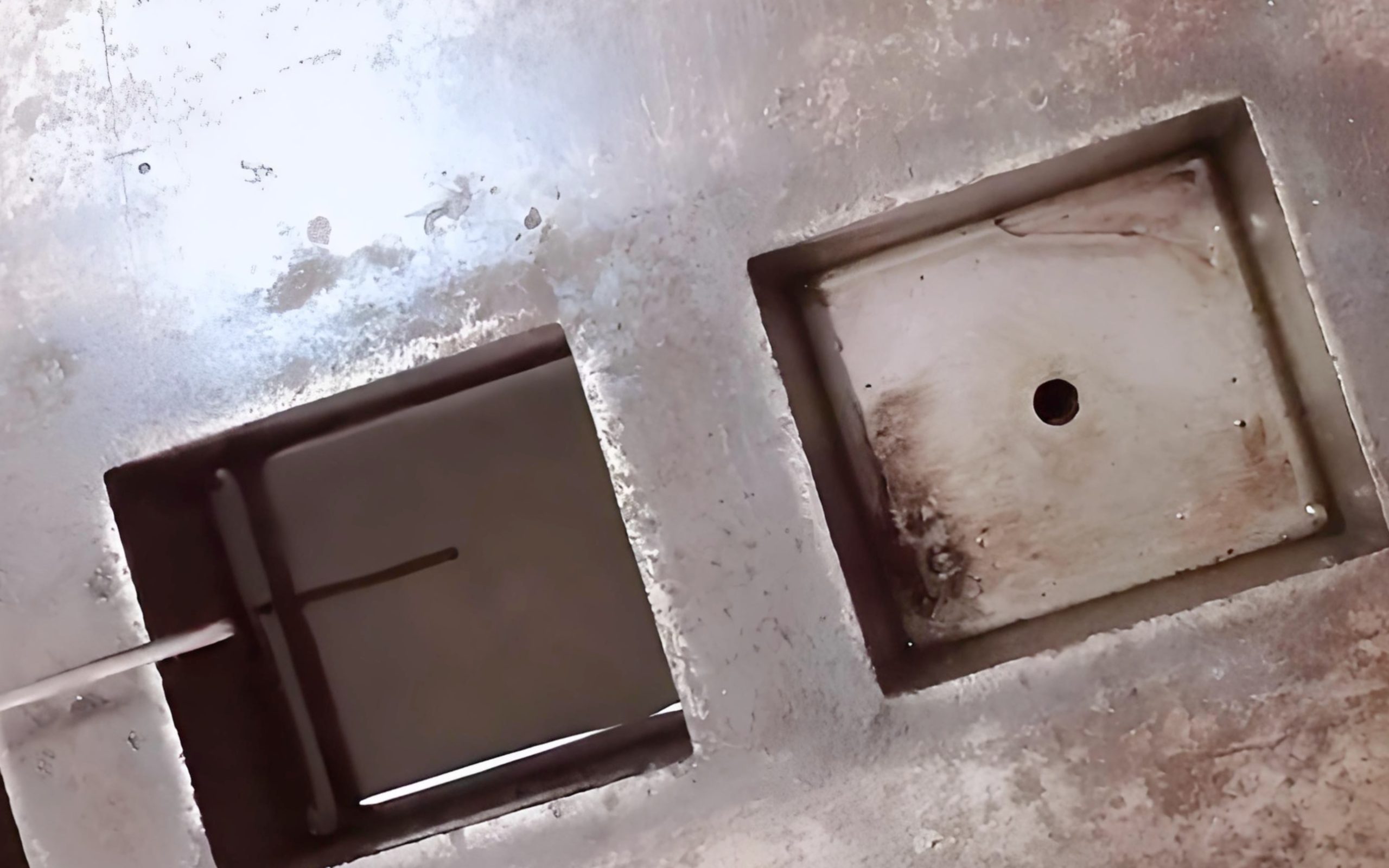
Description du problème : The blockage of the venting groove leads to pore defects in castings, and the traditional cleaning method is inefficient.
Solution : Using B80 ceramic beads, under 80-100 PSI dynamic pressure, a 97% venting groove cross-sectional area recovery rate is achieved, exceeding the 90% benchmark specified by NADCA, while maintaining the texture structure in line with the Rk≤0.8µm requirement of ISO 13565-2 standard.
Cas : An automotive parts manufacturer uses ceramic bead blasting to treat aluminum alloy die-casting molds, which increases the exhaust groove cleaning efficiency by 40% and the casting qualification rate to 98%.
Technical advantages of ceramic beads
The innovative application of ceramic sandblasting beads in mold cleaning not only solves many pain points of traditional media but also brings significant technical value:
- Efficiency improvement axis: Utilization rate reaches 93% (traditional media 70%), shortening downtime.
- Cost-effectiveness axis: Cycle number>20 times (alumina sand 5 times), life cycle cost reduced by 40%.
- Quality assurance axis: CV value of different batches of operations≤2% (traditional process 5-8%), ensuring process stability.
Compared with traditional sandblasting media, ceramic sandblasting beads have three breakthrough advantages in the field of mold cleaning due to their structural composition and physical properties:
- The ultra-low dust rate is reduced to 0.8mg/m3, only 1/5 of glass beads.
- Long service life, the performance is still stable after multiple cycles, and the loss rate is <0.5%/time.
- Multi-material adaptability: It can handle various mold steels in the HRC20-65 range, including titanium alloys, plastics, and other special materials.
Principle of ceramic perles particle size selection

Coarse particle size (B60-B80): suitable for rapid removal of oxide scale, burrs and stubborn contaminants, surface roughness Ra=1.2-2.5µm, suitable for high hardness materials.
Medium particle size (B125-B170): balance cleaning efficiency and surface finish, surface roughness Ra=0.6-1.2µm, suitable for most metal molds.
Fine grain size (B205-B505): suitable for ultra-fine polishing and texture repair, surface roughness Ra=0.2-0.6µm, suitable for high-precision molds.
Three selection factors:
Material matching principle: B60 is recommended for high-carbon steel molds, and B170 is suitable for aluminum alloy molds
Efficiency balance equation: Cleaning intensity = 0.7*(particle size index)+0.3*(injection pressure)
Equipment adaptation criteria: Turbine equipment is suitable for B125 at most, and ultra-fine equipment supports B400 and above particle size
Whether it is removing release agents, restoring exhaust grooves, optimizing surface textures, or ensuring high cleanliness, ceramic bead blasting can provide efficient, environmentally friendly and stable cleaning solutions to help companies improve production efficiency, reduce mold maintenance costs, and ensure stable product quality.



